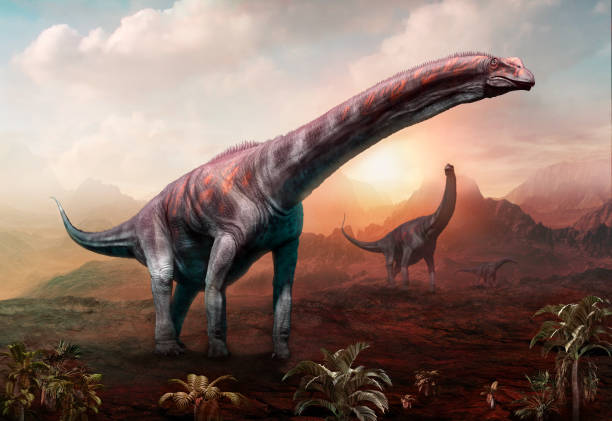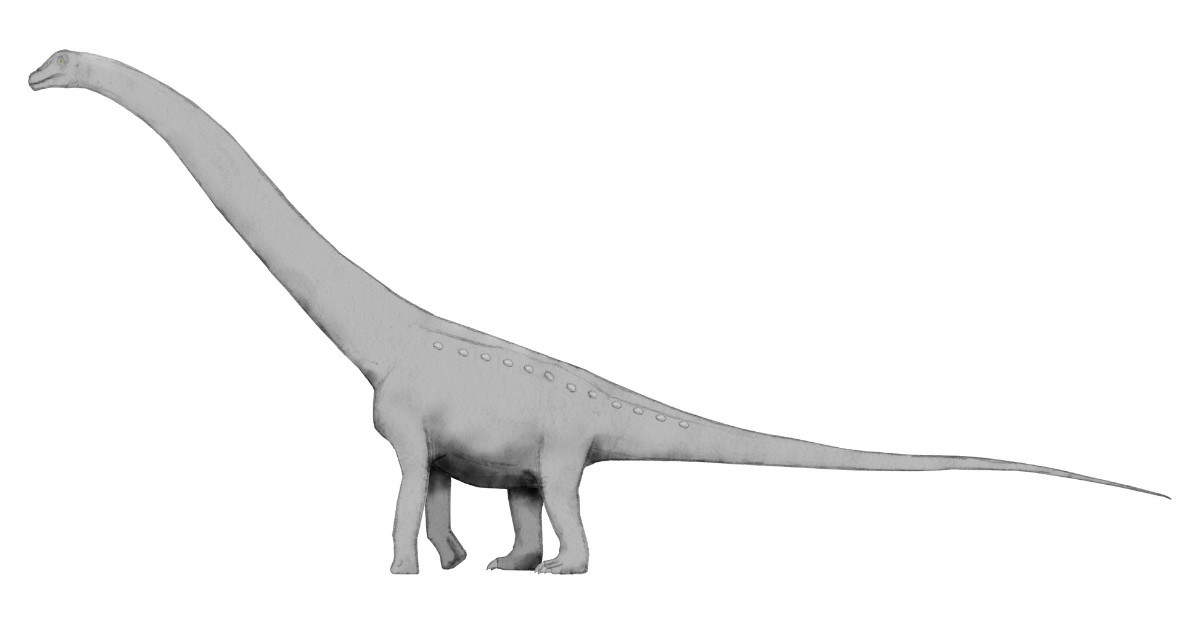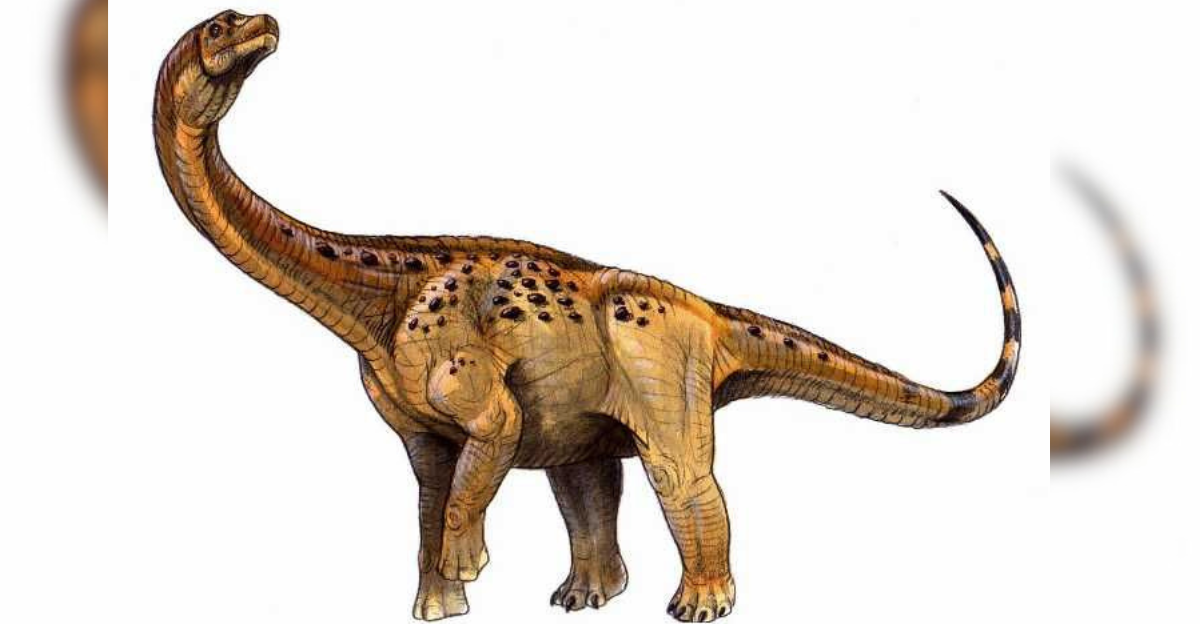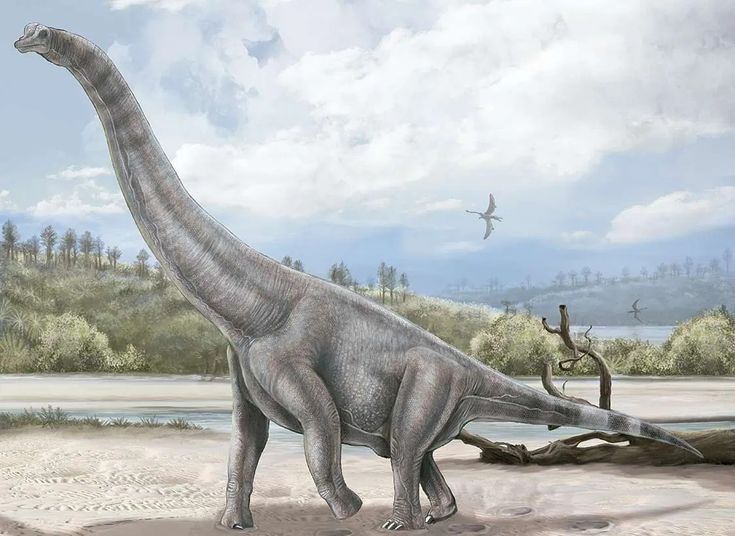
When you think of dinosaurs, you generally would think of absolute giant creatures compared to the species of animals we have around today. When we look closer at the prehistoric creatures, there are a few which stand tall or stand out above the rest to be the heaviest that have ever existed.
This article focuses on the 7 heaviest dinosaurs, showing us just how massive life on Earth could be. The only way we could know these results is by studying fossilized evidence in paleontological research to be able to determine the weight and the size of dinosaurs.
1. Bruhathkayosaurus matleyi

This dinosaur is cloaked in mystery, awe, as well as a good deal of controversy.Fragmented fossilised evidence of this dinosaur was discovered in India. Palaeontologist, upon inspecting these remains, estimated the dinosaur’s weight to have possibly reached as much as 170 tons, ranking this massive life form as the heaviest that has roamed the land.
In comparison, this would constitute about 20 large, full-grown African elephants. In length, it was estimated to reach up to 45 meters in length. The name of this massive creature translates to “huge-bodied lizard”, which fits it perfectly. The controversial aspect surrounding this dinosaur comes from the fact that the size and weight are only estimates, as most of the original fossils are lost to time. Visuals of this dinosaur are based on comparisons with other dinosaurs, such as the titanosaurus, to give us a better understanding of what this animal looked like back in the day.
2. Argentinosaurus huinculensis

Possibly weighing in at around between 65-100+ metric tons and possibly reaching up to 36.5 meters in length, this dinosaur is more clearly confirmed by paleontologists as one of the largest dinosaurs to have walked the planet. It was discovered in the 1990s in Argentina with its gigantic vertebrae and limb bones, suggesting its size as clear as day.
This fossilized evidence also suggested that it towered over the landscape around it. The sheer size of this dinosaur probably deterred predators such as the Giganotosaurus. One can imagine this massive dinosaur browsing the treetops and indulging in the foliage that was inaccessible to the other herbivore species. Thus, its size and weight were a clear advantage.
3. Puertasaurus reuili

This Patagonian giant was discovered from a few giant vertebrae. Upon inspection, its neck vertebra is over a meter, showing a sauropod with a long and flexible neck and a barrel-shaped frame. Compared to the previous dinosaur, the Argentinosaurus huiculensis, it is not as long, but it is still robust in its own right.
Its massive build, with an assumed weight of around 70 metric tons and a length up to 30 meters is could be seen as one of the heaviest to have roamed in South America at the time. Fossils of this giant included evidence of 4 ginormous vertebrae and were discovered in the Cerro Fortaleza formation.
4. Antarctosaurus giganteus

Another titanosaur, originally from South America assumed to have had a weight of up to 80 tons, as suggested by the fragmented fossils discovered. In the world of palaeontology, there is much debate surrounding the classification of this dinosaur, yet the fossils suggest that it could have been one of the heaviest dinosaurs.
Compared to the other dinosaurs already mentioned, it also probably grazed at great heights. Against predators, its sheer size would also have been one of its best defences. The fossils of it included the discovery of big femur bones as well as big vertebrae, but the fossils were incomplete, and it is this fact that gives way to the debates surrounding speculation of this gigantic dinosaur.
5. Patagotitan mayorum

The fossilized evidence of this dinosaur was more recently discovered in Argentina, and it is said to be the best studied massive titanosaurus. This is because the fossils that were found were more complete, making it easier for paleontologists to speculate what it looked like.
It is speculated to have been about 55-70 metric tons in weight and up to 37 meters in length. You could find these giants on display often in museums as exhibits because the fossils found were nearly complete sets. Because these sauropods are the most studied out of the last 5 dinosaurs mentioned, it also means that they are the best understood.
6. Dreadnoughtus schrani

The estimated weight of this heavy dinosaur is between 48 and 59 metric tons, possibly even more, and it had a length of around 26 meters. This dinosaur was named ‘Dreadnoughtus’ because of its “fear of none and nothing” disposition. Almost completed skeletons have been found of it, almost 70% of the whole fossil, making the estimations of it more reliable. The fossil region of these fossils is also based in Argentina.
7. Brachiosaurus altithorax

This dinosaur was standing tall at a length of between 18 and 22 meters and a possible weight of between 28 and 56 metric tons. It had long forelimbs, which gave it a stance similar to a giraffe. It is speculated to be one of the heaviest as well as the tallest dinosaurs in the Jurassic period and classified as one of the heaviest land animals ever to have walked the earth.
Because of its giraffe-like body, it also reached higher vegetation to feast on. Most of the speculative information was made utilising the fossils found in North America, but because of its body, it could be a close relative of the African Giraffatitan.
All of the above-mentioned are long-necked giants from the Cretaceous as well as the Jurassic landscapes and are classified as a part of the sauropod group-herbivorous. In conclusion, we can assume that these animals made dramatic contributions to the ancient ecosystems they lived. If they were still alive today, they would be formidable adversaries to even the biggest, strongest and most ruthless predators alive today.
Explore more of our trending stories and hit Follow to keep them coming to your feed!

Don’t miss out on more stories like this! Hit the Follow button at the top of this article to stay updated with the latest news. Share your thoughts in the comments—we’d love to hear from you!







